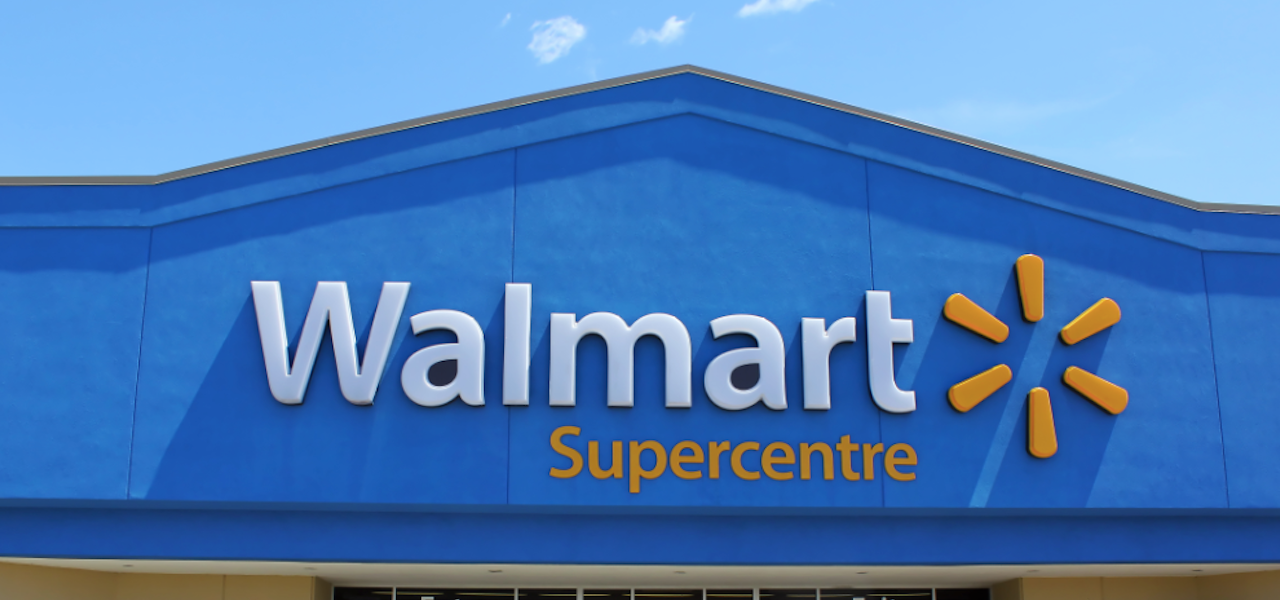Why many online grocers still can’t accept SNAP customers

Online grocery is booming, but it’s leaving behind a large swath of America’s 38 million food stamp recipients.
In the past year, as vulnerable people steer clear of in-person grocery visits, grocery delivery services saw their sales grow 53%, according to research firm eMarketer. But while health officials have pitched grocery delivery as a vital way to stay safe during the pandemic, families that rely on Supplemental Nutrition Assistance Program (SNAP) benefits — a stipend of, on average, just $4.17 per day that helps low-income families buy groceries — are mostly barred from paying for groceries online.
This isn’t a new issue, and in April 2019 the U.S. Department of Agriculture — the federal department that oversees SNAP — launched a pilot in New York state with Amazon, Walmart and Shop-Rite that let SNAP recipients pay for groceries virtually. In the past year, that pilot has ballooned. Now, 47 states — soon 48 — allow SNAP recipients to buy groceries online from pre-approved retailers. But the approved retailers list is small. Although there are a few regional stores now enrolled in the SNAP pilot, most prominently Texas’s H-E-B, the pilot is largely centered around three companies — Amazon, Walmart and Aldi. And while the USDA claims that the pilot covers “over 90%” of households, only a handful of the small and medium-sized groceries that service much of the U.S. are approved to accept SNAP payments online.
According to Sylvain Perrier, CEO of grocery e-commerce platform Mercatus, that’s less because of lack of interest from retailers than because of the slowness of the approval process. Many of his clients, he said, are on the waiting to list to be approved. “I know of at least twenty,” he said. And beyond the slow approval process, there are other issues that impede retailers from accepting orders from SNAP customers, including the fact that the USDA doesn’t allow SNAP customers to pay for delivery costs with their benefits. While larger grocers are able to afford workarounds, smaller retailers risk losing a meaningful share of their customers.
For those who can’t yet accept online payments by EBT card — the debit-card-like payment system for SNAP recipients that is loaded with monthly food assistance money — there are some alternative options. A few grocers, like Kroger and Hy-Vee, have crafted ways for SNAP recipients to use their EBT cards on curbside pickup orders. And other companies, while not part of the official USDA pilot, are also providing services to SNAP recipients: Instacart, for instance, will deliver groceries for SNAP recipients who order from Aldi.
Ad position: web_incontent_pos1
The rapid growth of the USDA pilot is a positive sign, said Eric J. Brandt, a researcher at the University of Michigan who studies health and nutrition policy. “That expansion happened really quickly, where states were able to jump on board,” he said. But when it comes to actually approving retailers to accept SNAP payments within those states, “the expansion to add grocers has happened slower than I imagined.”
The process is complicated, and it requires retailers to receive approval both from the USDA and state-level authorities, then implement e-commerce software that meets the government’s safety standards. To speed up the process, a number of software companies — like Stor.AI, Mercatus and Cardknox — have rolled out platforms that could securely accept EBT payments. Perrier of Mercatus said that the USDA and the states are currently reviewing his system, which Mercatus announced last month. Though his should be available soon, he expected, however, that it would be another “12 to 18 months” before SNAP payment systems would be available on a widespread basis.
Because the USDA has to approve retailers, a good software system can’t immediately democratize online grocery access. But Brandt said that, should one of these software companies prove their value to the USDA, that could open up EBT payments to all kinds of grocery stores overnight. “If there is one common technology platform that can be shared across retailers, then that’s easier for retailers to be approved,” Brandt said.
Ad position: web_incontent_pos2
There are other, structural hurdles to making online grocery accessible to all SNAP recipients. Every grocer has a limited delivery radius, and a number of SNAP recipient fall outside of it. According to a December 2019 study conducted by Brandt, 60.9% of SNAP recipients in rural food deserts are fully outside the delivery range for any online grocer, meaning they couldn’t get grocery deliveries even if their local store offered online EBT payments.
Another barrier is the high cost of grocery deliveries in the first place. The USDA doesn’t allow recipients to spend SNAP money on delivery fees. That might be less of a problem at Walmart and Amazon, which offer free delivery once a certain purchase price minimum is met, but it puts more regional grocery stores out of the question for SNAP recipients. “I think some of the smaller stores wouldn’t be able to absorb that cost of delivery,” said Stephanie Rogus, a professor of nutrition at New Mexico State University.
Perrier noted that many grocers have waived their shipping and processing fees for SNAP customers, but foregoing that income might be much more tenable for a large grocer like Walmart than for a smaller one. And some of those grocers that can’t accept SNAP customers, said Perrier, might start to hurt from it, should online grocery gain wider acceptance. Grocers located in food deserts and discount retailers in particular rely on SNAP customers, and Perrier said he knows of some for whom SNAP customers represent as much as 30% of their overall business. Until they are allowed to accept EBT payments online, “those dollars are migrating away from you to another retailer,” he said.
